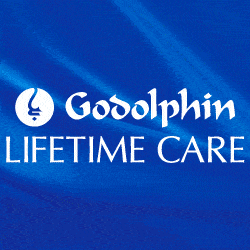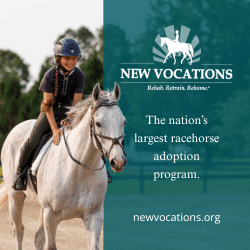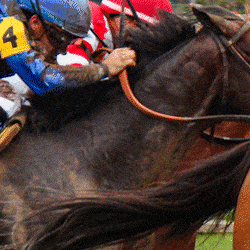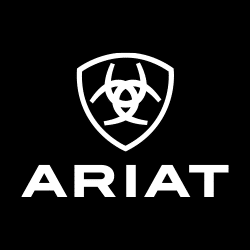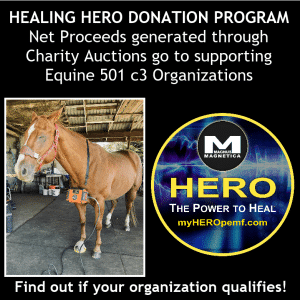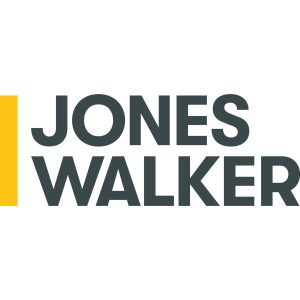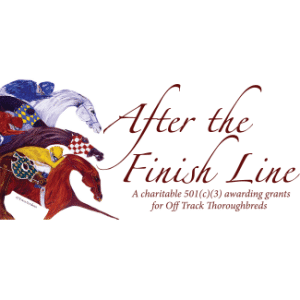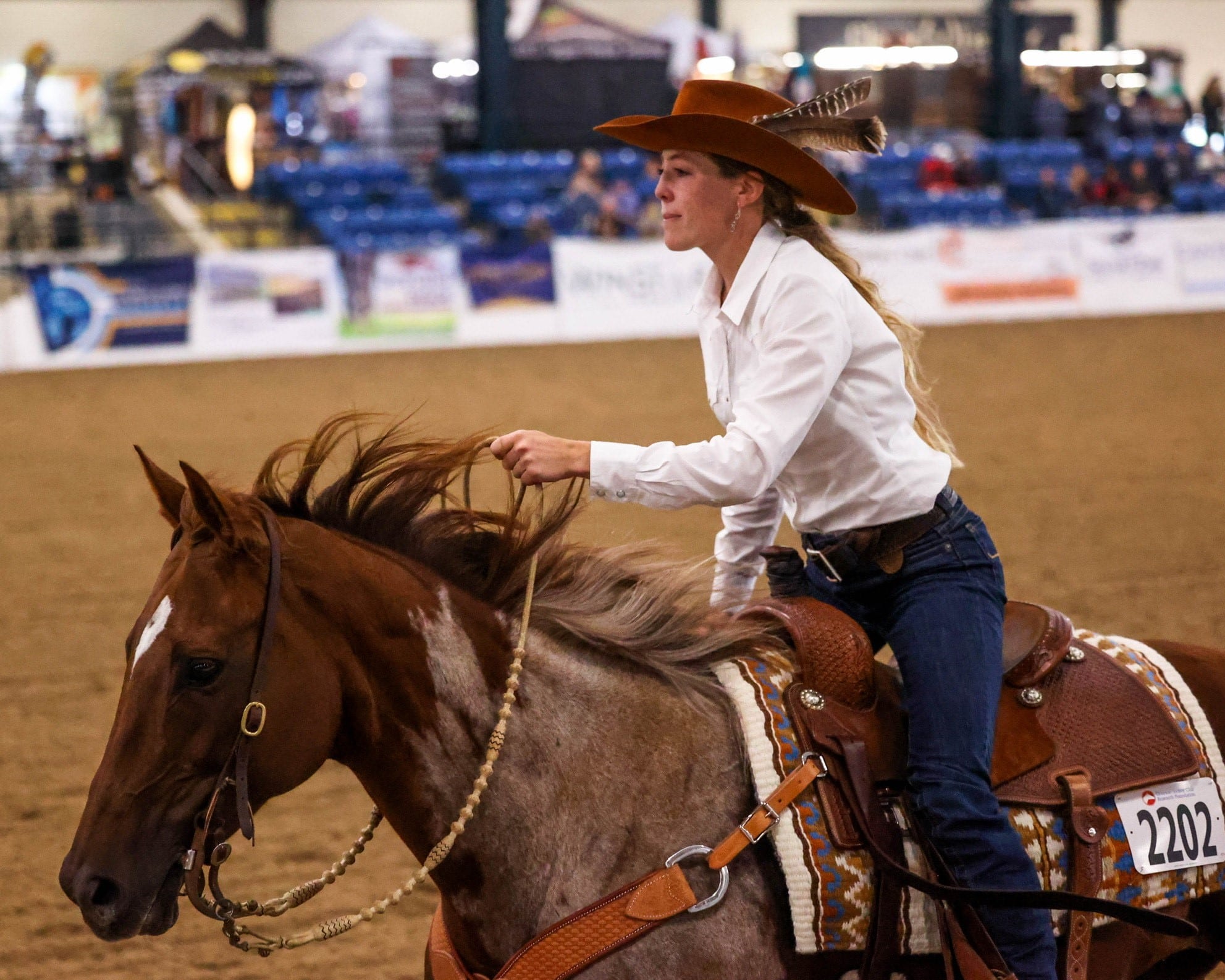
Meghan McNamara keeps close tabs on expenses for her five OTTBs, including 2022 Makeover graduate Pied N True, pictured here. Photo by CanterClix
Over the past few decades, the cost to buy, care for and show a horse has crept up steadily. With shrinking amounts of land for horse-keeping and premium prices for commodities such as hay and fuel, those figures don’t look to decrease any time soon. So if you’re considering getting a Thoroughbred — whether right off the track to point toward the Makeover or a more seasoned partner for your personal riding goals — it pays to know how much you can expect to spend.
Based on data the RRP collects on final entries for the Thoroughbred Makeover, trainers spent an average of $10,900 on their 2023 Makeover horses, from acquisition to competition in October. Assuming this investment took place over 10 months, you’re looking at about $1,100 in equine expenses per month. This figure is also in line with what our sources reported for this article. Let’s break these costs down by type and amount.
Predictable Monthly Expenses
Some equine care costs are constant. You can expect to be responsible for the following on a monthly basis:
Housing/board Housing costs vary considerably depending on the type and level of care. If you own your own basic property with healthy pasture and a safe run-in shed, the costs to house your horse might be negligible. If you pay to board your OTTB at a farm with lots of amenities, you might find yourself spending well over $1,000 for full-care board.
“I’m lucky enough to have my own facility so costs are limited there,” says Amanda Gomez, a professional show jumper based in Norco, California, with a passion for Thoroughbreds. Bedding, however, is one of her biggest housing-associated bills at about $10 per bag and 15 bags per month per horse
Colorado-based eventer Meghan McNamara boards her five OTTBs on private properties. “The average board without training here is about $700 to $800,” she says. “If a horse goes into full training along with board, it’s about $1,200 average.”
She adds that she’s been lucky to find pasture-board setups for her two retirees where she only covers feed costs.
Feed and hay A balanced diet consisting of good-quality forage is key for OTTBs, especially those transitioning from track life to sport horse. This is an area where McNamara urges owners not to skimp: “If you have the highest-quality grain and the highest-quality forage, you’re going to be better off in the long run.”
She makes sure her horses have alfalfa (about $14/bale) and a Timothy mix hay (about $12/bale) in front of them at all times to meet their forage needs. “Otherwise, you can get into problems like gastric ulcers, or they’ll drop weight,” she says.
Gomez says feed is one of her biggest costs, between the price of hay ($28 per alfalfa bale, at seven to 10 bales/horse/month) in California, top-quality grain, and the supplements she gives her equine athletes to help them perform at their best. She shares monthly feed costs for her Thoroughbred grand prix horse All Star:
■ Hygain Tru Care extruded feed: one bag per month at $35.
■ Magnesium: $45 per month.
■ Vitamin E and selenium: $15 per month.
■ A digestive support supplement: $16 per month.
■ Joint health supplements: $20 per month.
■ Electrolytes: $10 per month.
That rounds out to about $140 in feed costs and $190-280 in hay per competition horse monthly.
Farrier care All horses need regular trimming and/or shoeing every five to eight weeks. Gomez says she spends $300 per horse for a full shoeing every six weeks, while McNamara pays $175-200 every six weeks for a full set.
A basic trim might cost $45-80 per visit, while front shoes are closer to $90-150 per set.
Occasional Expenditures
In addition to your monthly equine expenses, be prepared for less frequent yet still predictable costs, depending on your riding goals and horse’s health:
Horse shows and training While professionals such as Gomez are likely earning income by providing training rather than seeking it themselves, most of us need lessons, clinics, training rides or coaching from time to time.
“If you’re not in full training, finding a trainer that has experience with horses off the track to work with is really helpful,” says McNamara. “No matter your experience level, it’s just so helpful to have another set of eyes on the ground with these guys.”
She says lessons in her area range from $50 for group lessons to about $100 for private lessons. She budgets around $400 per month for lessons with her OTTBs.
If you plan to compete, know that horse show expenses vary by discipline and level. McNamara says she paid $250 for a one-day nonrated hunter show and $350-450 in entries for a weekend event. However, if you’re adding up entries, gas and travel expenses, feed and more for a weekend at a show, you might be paying closer to $1,000 total, she says.
“The horse show expenses fluctuate per year, depending on which horses I decide to show at which venues,” says Gomez, who competes primarily on the rated hunter/jumper circuit. “I will average around $2,000 per (five-day) show with one horse. I’ve spent around $16,000 in entry fees on All Star alone this year. Most of the time my horses are competitive enough to cover the bill but not always!”
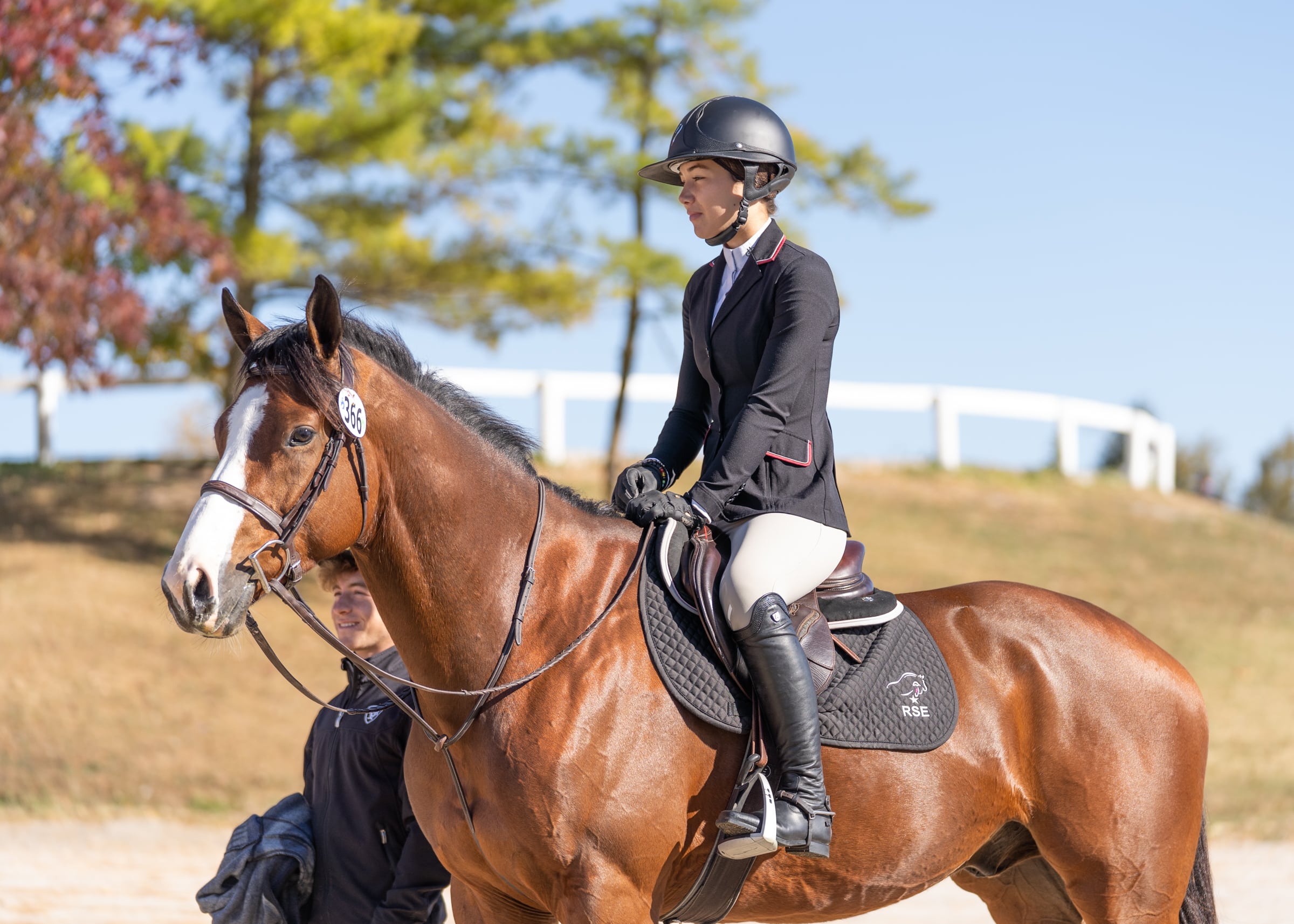
Amanda Gomez and 2022 Thoroughbred Makeover Show Hunter champion Racing Ace. Photo by CanterClix
Veterinary care Regular preventive care includes veterinary visits for wellness exams, vaccination, dental exams and fecal egg counts (for deworming guidance) — each of which you’ll need to schedule at least once a year. This might amount to $400-500 per year in vet bills for a horse in good health.
For horses coming right off the track, McNamara emphasizes the importance of a prepurchase exam and/or an initial wellness exam. These should include an evaluation of the horse’s feet to determine his hoof care needs, a gastroscopy to evaluate the stomach for gastric ulcers and formulating a nutrition plan that will help transition him off his concentrate-feed-heavy racetrack diet. She says this allows her and her veterinarian to identify and address any issues from the start, before they become more expensive to treat.
Other regular heath care costs to factor into your budget include first-aid supplies and medications. “Having things on hand like (the non-steroidal anti-inflammatories) Banamine and Bute, GastroGard and things like that is definitely necessary,” she says.
Gomez adds joint therapies such as Adequan ($150 per injection from her vet) and Polyglycan ($75 per injection) to her annual budget for the horses that need it.
Complementary therapies Both Gomez and McNamara say regular massage, chiropractic and pulsed electromagnetic field (PEMF) therapy have helped keep their OTTBs feeling good and, potentially, prevented other issues from developing.
“I can cut my costs a bit by owning a PEMF machine, which means less maintenance on performance horses, and it really helps with muscle recovery,” says Gomez. Her horses also receive routine chiropractic care at $125 per session.
McNamara owns a PEMF machine, as well, but says those services cost about $85 apiece in her area. She pays about $200 for a chiropractic visit.
Emergencies Emergencies are an inevitable (and pricey) part of horse ownership. And many owners don’t think to set aside the money for one until it’s too late. “You really should have a couple of thousand dollars in reserve in case of an emergency,” says McNamara, who in the past year has dealt with medical surprises ranging from colic surgery to a horse with a broken jaw. “The biggest costs are those emergencies, so I really try to be prepared for them.”
While she chooses not to insure her horses, equine insurance is one way to soften the blow of a large veterinary bill. Annual insurance premiums can range from a couple of hundred dollars for a basic mortality plan to several thousand dollars for extensive medical plus mortality coverage.
Making it Work
Countless horse owners are keeping Thoroughbreds in their lives through smart budgeting, DIYing where possible and good preparation.
“There are definitely places you can make owning horses more affordable, but it truly depends on the expectations you have on your animal,” says Gomez. “I expect my horses to perform at a very high level — All Star has competed through 1.50 meters — so I treat my horses with the utmost care I can provide. Trailering expenses, owning a PEMF machine and grooming and training expenses are where I cut costs to be able to continue competing on a high level.”
McNamara says having a plan when you buy an OTTB — and a supportive team around you — can help set you up for success. This includes a veterinarian you’re comfortable talking to and asking honest questions about your horse’s care and what that might entail.
“When you get a horse off the track, get a good idea of its health and soundness immediately,” she says. “Then you can create a plan for supporting them as they transition into their new life. I think if you can budget for a good program, a good plan and have a couple of thousand in reserve in case of an emergency, I think you’re pretty well set up.”
The Initial Investment
Sale prices for Thoroughbreds run the gamut from free to five figures. Individuals like California hunter/jumper trainer Amanda Gomez, who have established relationships with racehorse trainers and owners, might be able to acquire horses for little to no money at the end of their racing careers. For some trainers and owners, simply knowing the horse is getting a good home and a solid restart (and off their bills!) is payment enough.
Buyers acquiring horses from rescues or rehoming organizations can expect to pay an adoption fee ranging from a couple of hundred to a couple of thousand dollars. If you’re buying direct from a trainer on the track, expect to pay closer to $2,000 to $5,000. Once the horse has been restarted and is in training for a new career, that amount only increases — assuming he has no soundness issues or limitations.
Horses with less than a year of retraining, such as those competing in the Thoroughbred Makeover, might sell for $3,000 to $30,000, depending on their potential.
Then you have the Thoroughbreds that have been off the track for years and have lots of experience and accomplishments in their current discipline. The price range for these animals is even wider. You can still find one for under $10,000, but the standout athletes will cost much, much more. The right OTTB and budget for you ultimately depends on your unique needs.
Alexandra Beckstett is the managing editor at The Horse. She lives in Cincinnati, Ohio, with her husband, two English labs and 2021 Thoroughbred Makeover graduate Icarius.

